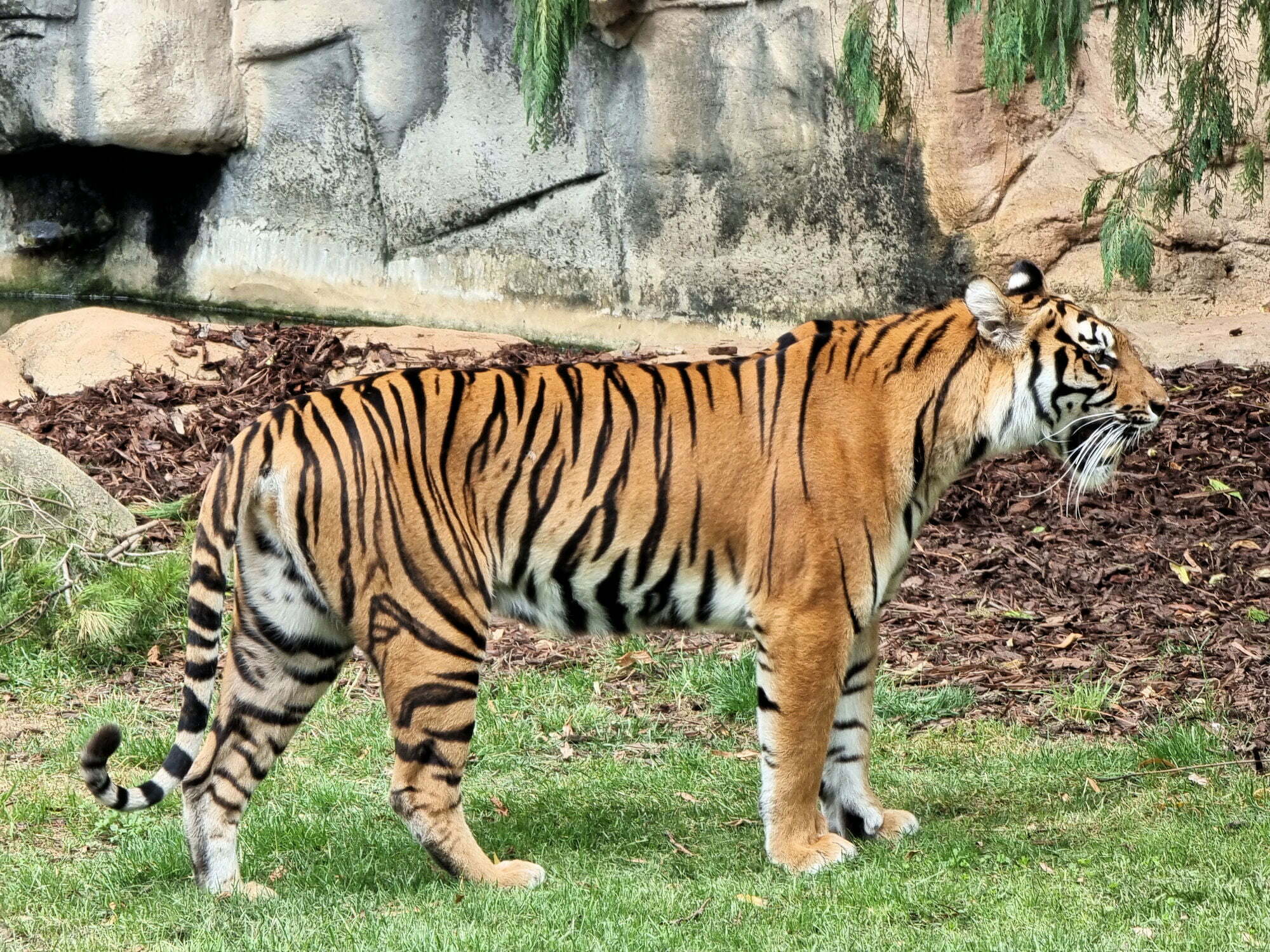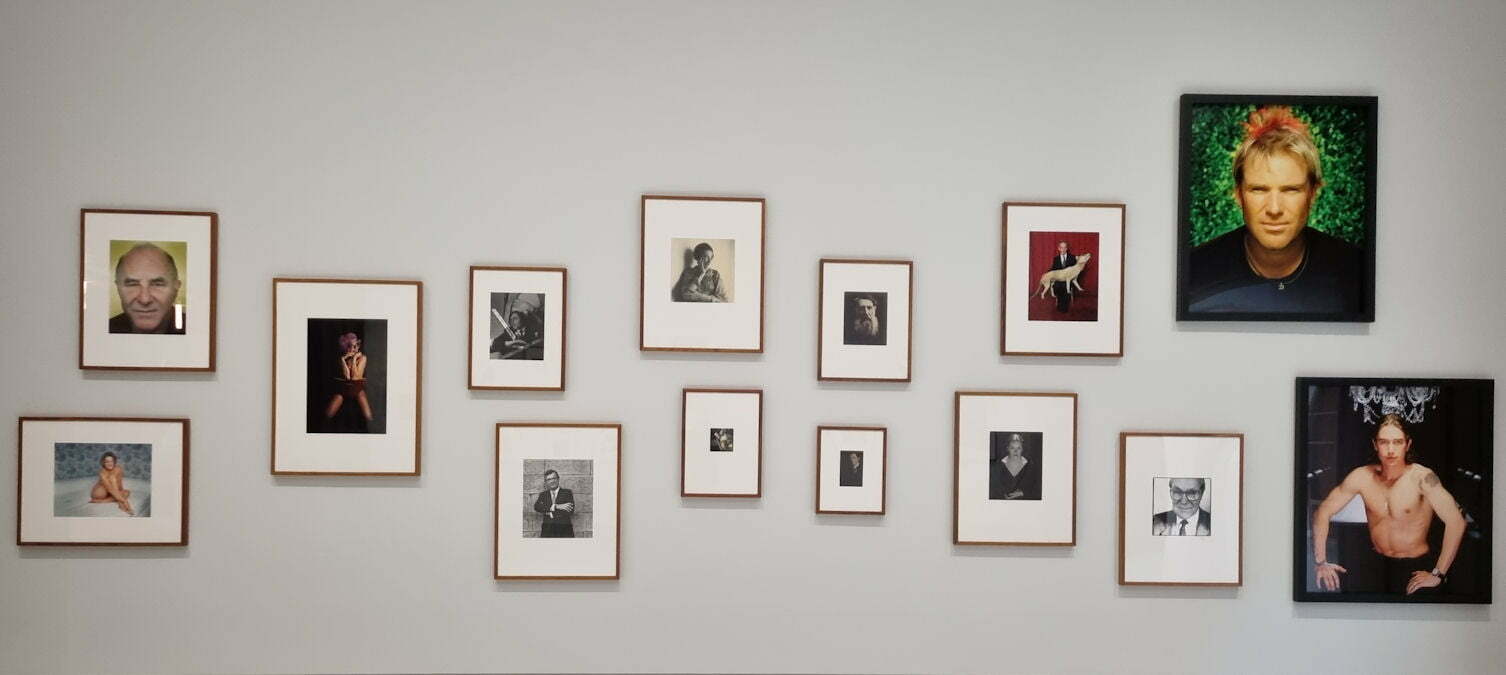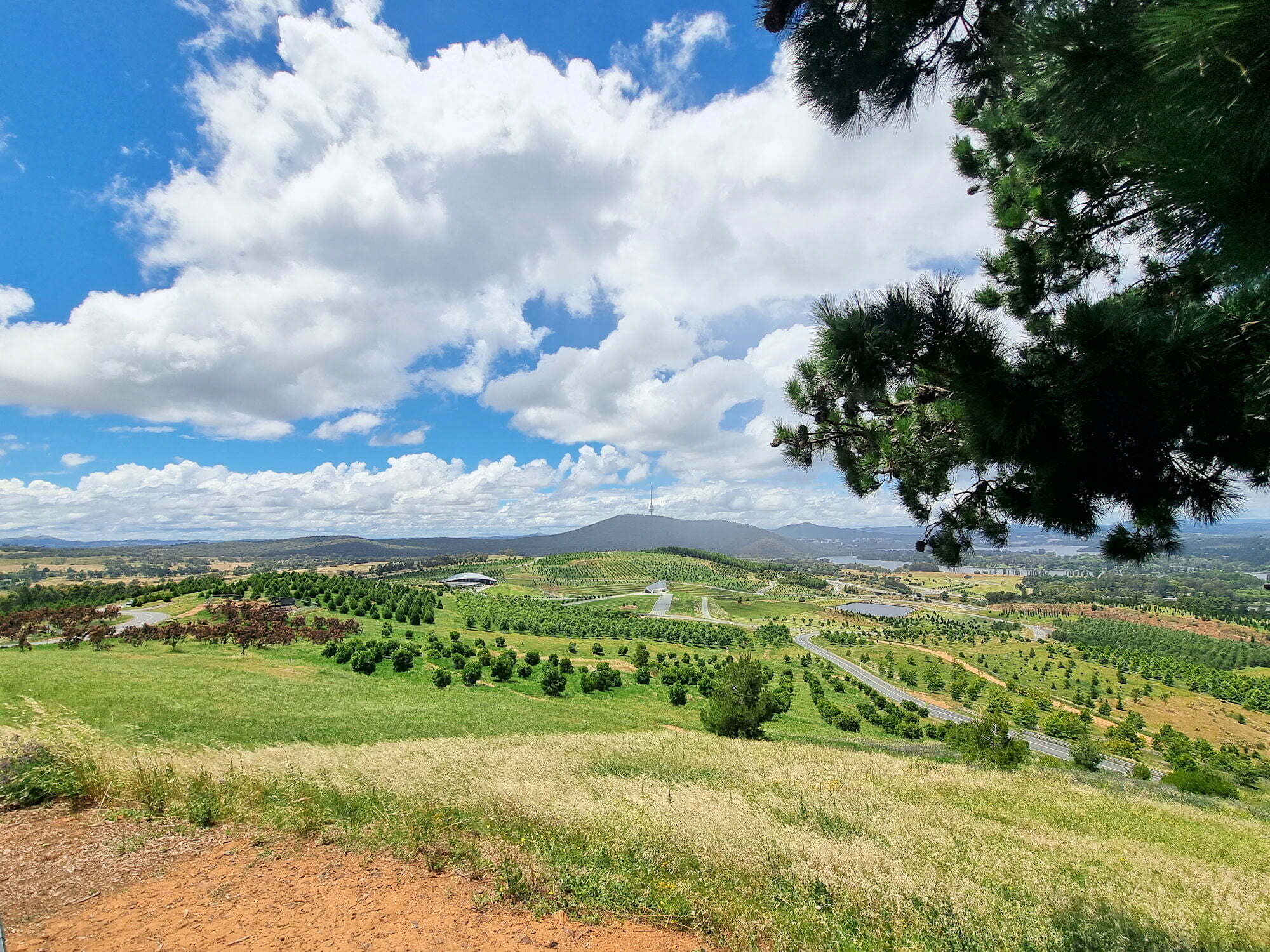Category: Australian Capital Territory
-
National Zoo and Aquarium

National Zoo and Aquarium Modern and spacious, the National Zoo and Aquarium in Canberra houses animals from around the world, but also includes many from Australia. Getting There and Parking Located a short 15-minute car ride from the centre of Canberra, it’s easy to get to. Plenty of on-site parking allows easy access for cars.… Read more
-
National Portrait Gallery Canberra

National Portrait Gallery Canberra Opened in 2008, the National Portrait Gallery houses portraits of prominent Australians who are important in their field of endeavour or whose life sets them apart as an individual of long-term public interest. Located next o the High Court of Australia and across the road from the National Gallery of Australia,… Read more
-
National Arboretum Canberra Australia

National Arboretum Canberra Devastating bushfires in 2001 and 2003, burnt huge areas around Canberra. A recovery project to heal some of the damage included The National Arboretum, which now covers 250 hectares(618 acres in the old measurement). Although very much in its infancy, with plantings still taking pace, it’s a great place to visit. The… Read more
